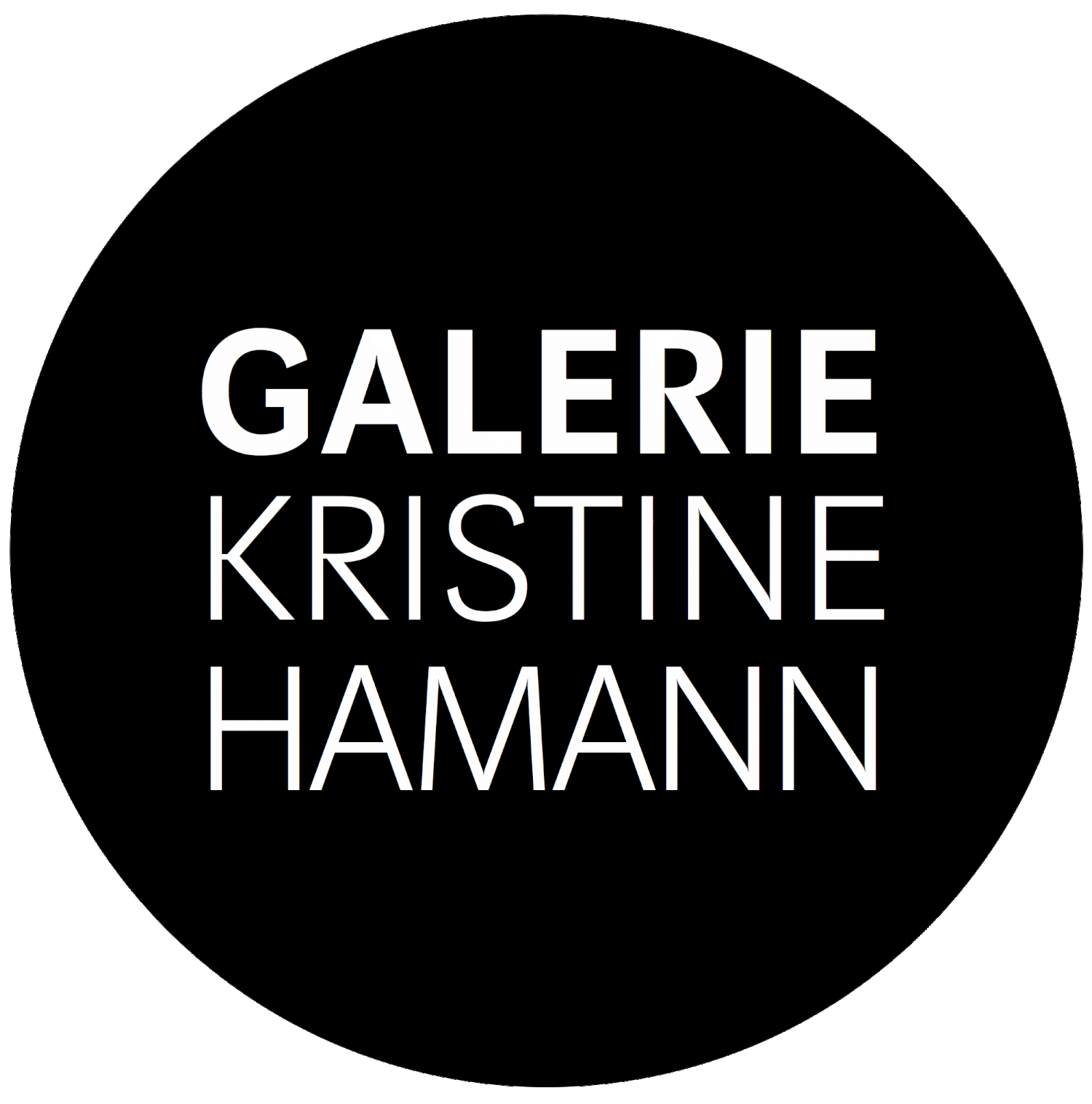Flow - Thomas Riess
Flow
Opening 6 October, 6pm to 9pm
The artist is present
Exhibition period 6 Oct to 4 Nov2017
The Austrian artist Thomas Riess has been presented since 2015 by our gallery - as the only representative in Germany. In the October exhibition this year, we will show new works by the artist.
The current catalog ZOOM appeared at the beginning of the year is a good prepersion for the upcoming exhibition.
Can painting be a viable way to question our multimedia reality, to reflect on it, to find accurate images for it? Can one of the most traditional media of the fine arts give an appro- priate answer to the fast pace of our present, in a world that seems to be ruled by photos on Instagram and films on YouTube, by digital im- ages and virtual realities? “People are exposed to an excessive flood of suggestive images and media every day” the artist Thomas Riess emphasizes. “With an analytical approach, I, too, am swimming in this surge of everyday stimuli, collecting sensory perceptions like flotsam in order to use them as an impulse for my creative interpretation.” Our reality is often ruled by mediagenerated images delivering clear messages; whether a commercial subject or Facebook photo – it almost always seems that the way we have to see something has already been prescribed: a certain perspec- tive is set, a concrete meaning is suggested.
In his collages, overpaintings of photographs and paintings, Riess questions these images and breaks conventional patterns of viewing, he manipulates the viewed image and reinter- prets it – he indeed de-idealizes our view and creates new contexts and meanings through artistic intervention.
A human figure with a strange machine head, faded, abstracted shapes in front of a realistic landscape, a portrait with a skull: the familiar and at the same time alien looking worlds of imagery irritate, unsettle, and challenge our perception. Images encountered in newspapers and magazines (often dating back some time) are the fountain of inspiration and materials for works at the intersection between painting, graphics and mixed media which “question the relation to reality” by means of selfdetermined viewing. In his overpaintings of photos Riess isolates details of the image and emphasizes them; he makes abstract (and yet somehow concretelooking) paint blots appear in the middle of a photograph, he collages different photographic snippets into unusual, sometimes surrealistic pictorial contexts, and overpaints the faces of photo models in order to wipe out their “grotesque look” by dissolving the form. “I repeatedly include attributes of daily life”, says the artist, “which, as soon as it gets too close to reality, I divest of its content or often also of its recognizability in order not to lead the viewer onto already welltrodden paths.” Suggestive titles such as “Float”, “Suction” or “Machine Room” amplify the metamorphosis, generating an additional level of meaning.
In the smallformat pictures a basic, primary dispute takes place, some motifs and ideas are subsequently taken over in bigsize paintings where the instantaneously experimental gives way to a planned randomness with a stronger defined imagery. Within the painted space, the possibilities of the medium are newly explored again and again. Thus, the machine men and faceless protagonists, the (nightmarish) dream- like figures and dissolving figurative shapes reappear on the big canvas, perhaps even more independent than on the small collages as they are more detached from the photographic original. Painting creates its own reality with its selfchosen set of rules and laws. Abstraction and object, sharpness and blur, body and shape, expressive gesture and illusionistic landscape meet in a dynamic dialogue and are harmonically combined with each other, or deliberately contrasted.
The paintings remind of memory fragments or dream images which are (no longer) accurately nameable and palpable, whose shapes have become blurred and vague in front of the inner eye. Objects dissolve, man and machine form eerie symbioses, faces are bereft of their individual features and blurred to become spooky balls of color. Next to questioning perception processes, existential topics play an important roll. It is no coincidence that in times of permanent self-reassurance and selfstaging through the selfie cult, Riess is overpainting the faces in his portraits, rendering them unrecognizable. And again and again appears the skull. Its reception and representation has found its way into pop culture long ago, often reduced to a superficial (shock) effect. In Riess‘ works, however, death appears personified as admonisher of the transience of existence. “The new materialism has suspended the finiteness of our existence”, Riess emphasizes. “But one can only understand life by dealing with death.” The motif of the “memento mori” – populär all along in art history – has lost none of its relevance today.
No, Riess does not provide answers to the media overstimulation in our world, where certainties are fragile and realities are per- ceived more and more fragmentary. But he finds strong images for this present of ours which have a longlasting effect on the viewer. He succeeds in being contemporary and up-to-date without forgetting the tradition in art history of finding an individual, personal way of expression and still including something basic and universally valid in his works. Exactly this can be the great quality of “classical” media such as painting or collage: to snatch images from our fastpaced time and let them take effect beyond the here and now through artistic interpretation. This turns out especially successful, if, as it is the case with Riess, they are stripped of their clarity, their eyecatching effect and unambiguousness, and something puzzling, unseizable which cannot be easily deciphered is incorporated. Certainly a tempting alternative concept in a time in which so much is simplified and trivialized.


